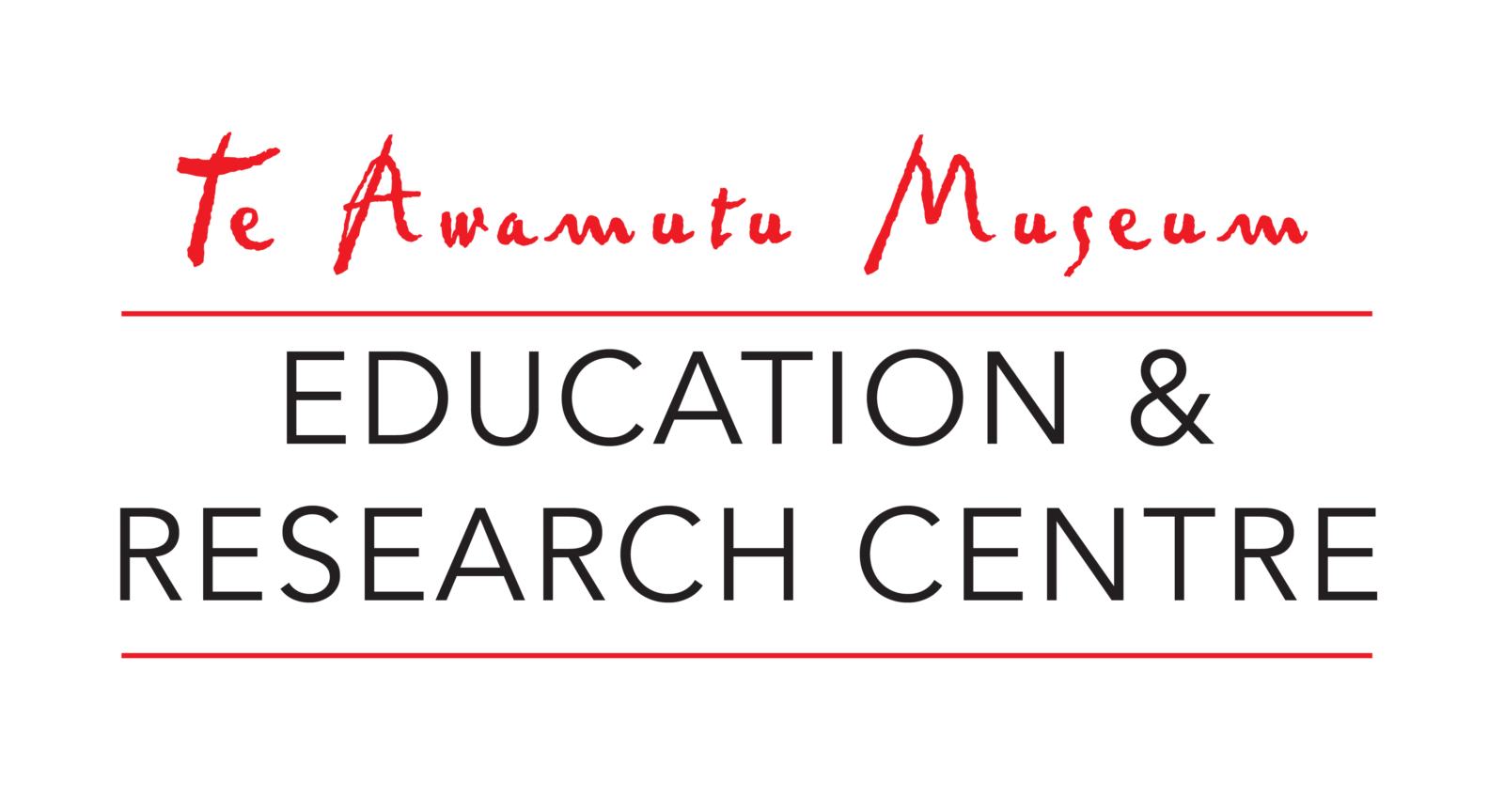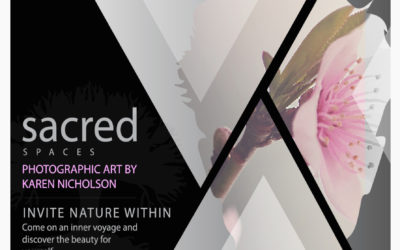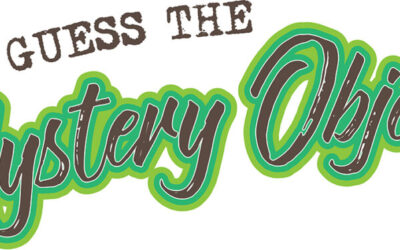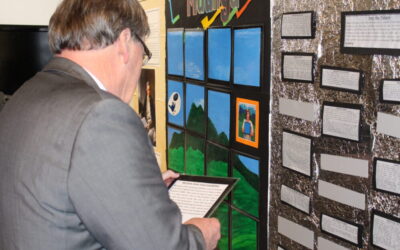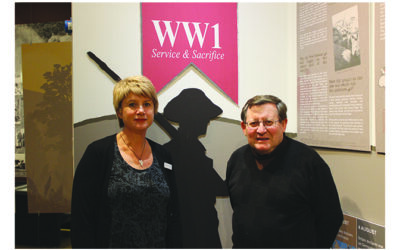FRONT PORCH GALLERY
This gallery highlights stories and visual displays created by the Museum about local community topics. We also utilise this space to highlight amazing collection taonga objects, specific anniversary celebrations, community projects, arts, and more. To find out what we currently have on show check out our Facebook or call in to the Museum at 135 Roche Street, Te Awamutu. This space is always changing with new, vibrant and meaningful displays, so it’s always good to check up on what’s happening our Front Porch!
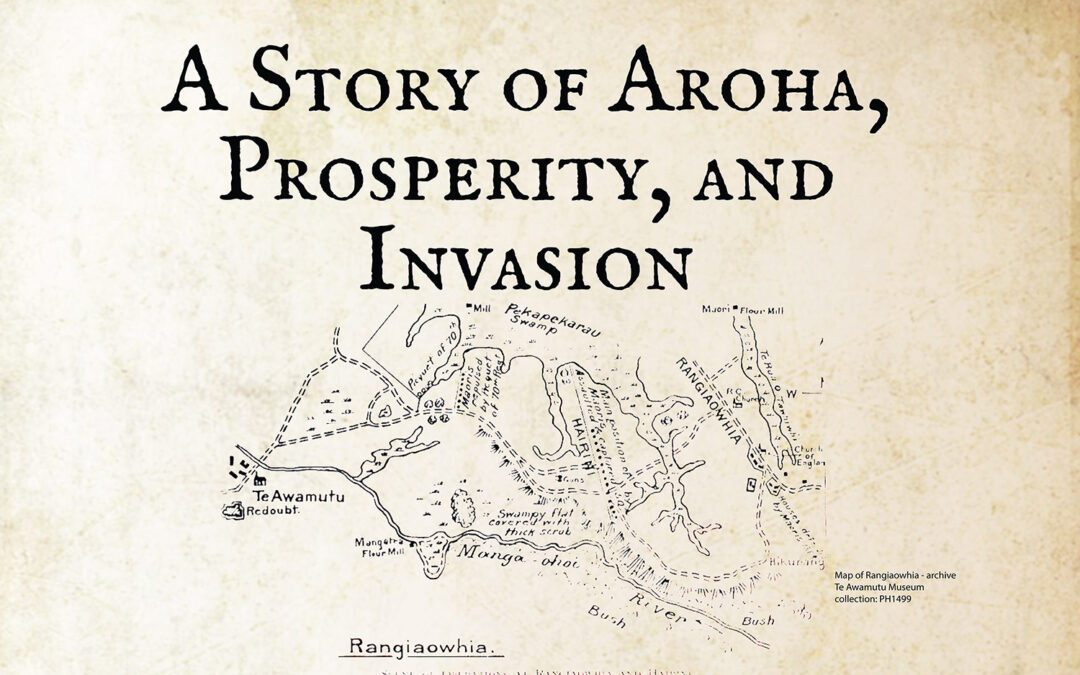
Rahapa Exhibit
Rangiaowhia, a small journey east of Te Awamutu, was a thriving and productive village, until 1864. From the 1830s Māori and invited European settlers worked collaboratively to develop this into one of the regions most important agricultural areas. One of the most significant relationships that nurtured property for both Māori and settlers was between Rahapa Te Hauata and Thomas Power.
This exhibition shares personal whānau accounts about life in Rangiaowhia during 1800s up until the British Invasion into the Waikato 1864. It also highlights letters sent by Thomas Power and Rahapa to Governor Grey 1865, expressing dismay at the soldiers treatment of the locales and compensation. A powerful story which whānau members today have instilled in their memories.
The following is an extract from one of the exhibition panels about Thomas Power, set down by his son-in-law Thomas Moisley in 1938:
“In 1845 Sir George Grey sent Mr T Power to instruct the natives in agriculture and he made Rangiaowhia his headquarters. He brought down from Auckland horses, drays and ploughs, harrows and cows. The first of these any sorts of implements in the Waikato. They used to bring goods up the Waipa River as far as the pun then up the pun River as far as what was the Ford Redoubt in the later years.
Each settlement around Rangiaowhia and Pukeatua at that time was divided by a row of peach trees to mark their boundaries. That is how Rangiaowhia got such a name for peaches which were very luxurious in those days.”
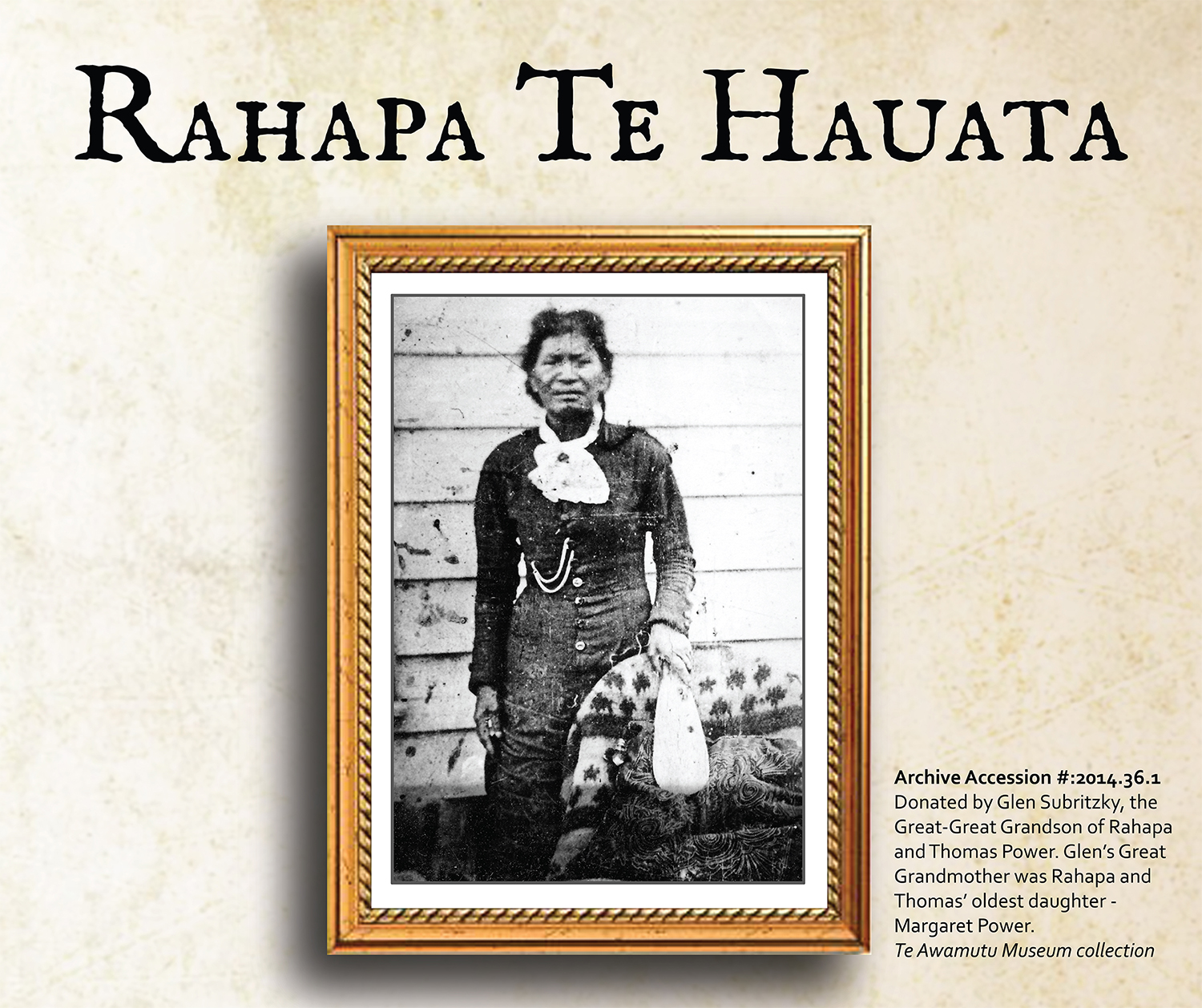
This photograph of Rahapa is a copy from an original Tin-type, also known as Ferro-type. The photograph is made by creating a direct positive on a thin sheet of metal coated with dark lacquer or enamel – which holds the photographic emulsion. This type of photograph was popular during 1860s-1870s.
Sacred Spaces – Karen Nicholson
Photographic Exhibition Local artist, designer and photographer Karen Nicholson shares her love of nature and the beauty by showcasing her latest photographic art. Each artwork combines photographic images of flowers, portraiture and design elements that can be hung...
Guess the Mystery Object?
Can you identify the weird and wacky objects from our collection?! This is an interactive exhibition where we ask you to look through a myriad of photographs of objects and write a descriptive label of what you might think it is and what function it was made for. Then...
Museum Education on Display
Education Exhibitions on the Front Porch Te Awamutu Museum has been taking a creative approach to heritage education and exhibitions over the last few months! One of our temporary spaces, the Front Porch, is designated to be a community space and we were starting to...
Chunuk Bair Commemoration
Te Awamutu RSA and Museum commemorate Chunuk Bair Saturday 8th August will mark 100 years since the ANZAC forces took the summit of Chunuk Bair as part of the Sari Bair offensive. Chunuk Bair was the highest point of the range and was the furthest point ever occupied...
